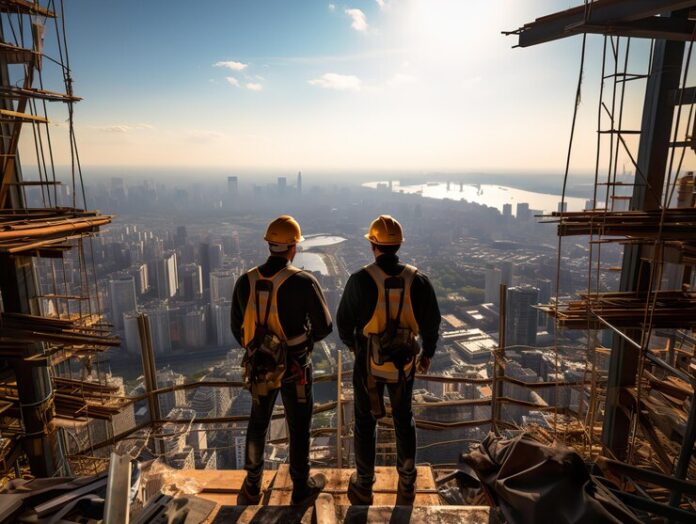In today’s world, where communities face increasingly frequent and severe natural disasters, the concept of resilient construction is gaining momentum as a beacon of hope and practicality. Resilient construction goes beyond bricks and mortar—it’s about safeguarding lives, livelihoods, and the very fabric of our neighborhoods against the unpredictable forces of nature.
At its core, resilient construction embodies a commitment to durability, sustainability, and community well-being. It starts with thoughtful planning and design that considers local climate risks and historical data on natural disasters. For instance, in flood-prone regions, architects and engineers are incorporating elevated foundations and flood-resistant building materials to protect homes and businesses from rising waters.
But resilience isn’t just about fortifying structures; it’s about empowering communities. It’s about ensuring that when disaster strikes, homes remain standing, businesses can quickly recover, and families can rebuild without facing financial ruin. That’s why resilient construction often integrates local knowledge and community input, ensuring that the solutions implemented are not only effective but also culturally and socially relevant.
In places like coastal towns vulnerable to hurricanes or seismic zones prone to earthquakes, resilient construction practices are helping residents feel more secure in their homes and businesses. It’s about fostering a sense of confidence and stability, knowing that the investments made today in stronger foundations and more robust materials will pay off in the form of greater safety and reduced recovery costs tomorrow.
Moreover, resilient construction is a catalyst for innovation. It’s driving advances in building materials, from impact-resistant glass to sustainable, energy-efficient options that reduce environmental impact. It’s leveraging technology like Building Information Modeling (BIM) to simulate and optimize designs for resilience, ensuring that every structure built is not just strong but smart.
Communities embracing resilient construction are not just building structures; they’re building resilience into their DNA. They’re creating spaces where people can live, work, and thrive with confidence in the face of adversity. It’s a testament to human ingenuity and compassion—of architects, engineers, builders, and community leaders coming together to protect what matters most: each other.
As we look to the future, resilient construction offers a path forward—a blueprint for building stronger, safer communities that can withstand whatever challenges nature throws their way. It’s not just about constructing buildings; it’s about constructing hope and resilience for generations to come.




